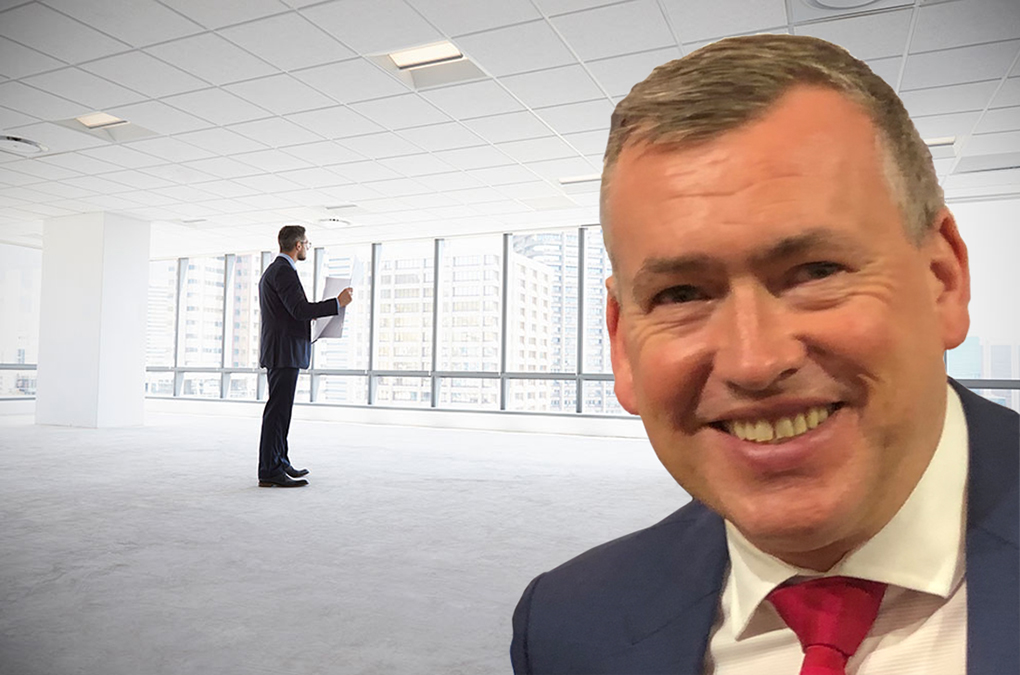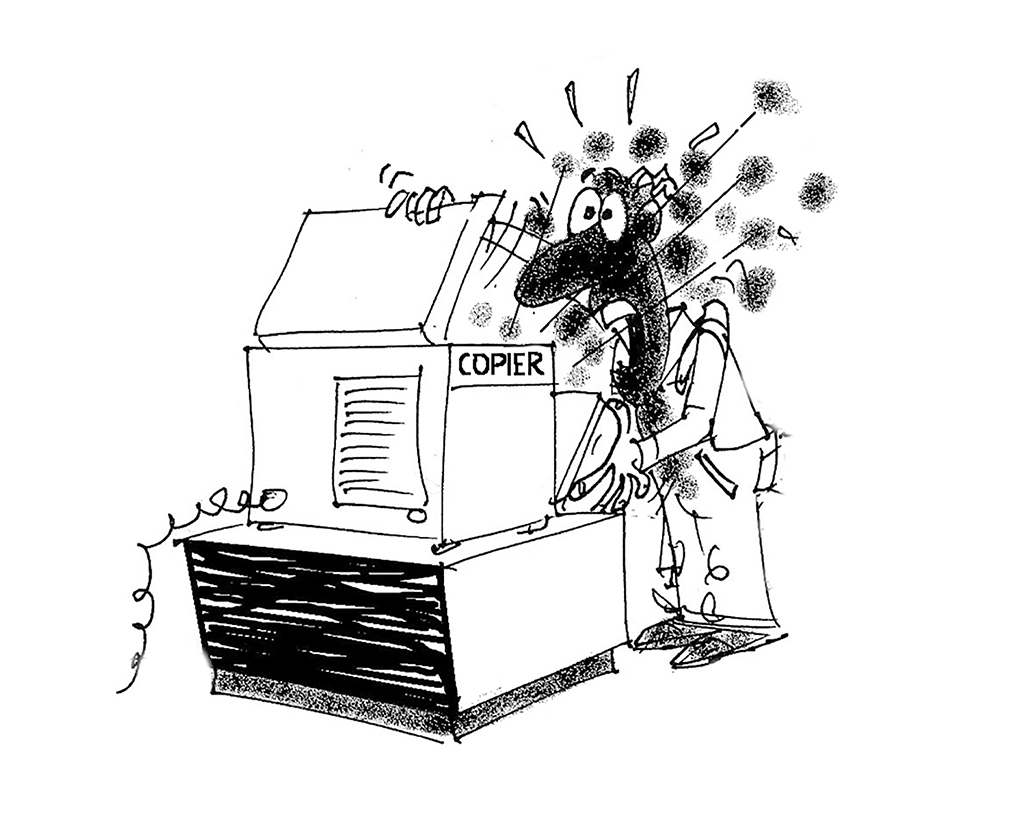Getting Ready to Move Back to the Office
Getting Ready to Move Back to the Office
 Printing behaviour has changed. The trends towards lower print volumes and increased remote working were evident before COVID. The pandemic has accelerated them.
Printing behaviour has changed. The trends towards lower print volumes and increased remote working were evident before COVID. The pandemic has accelerated them.
Some industry participants have benefited. We have seen the graphs showing explosive growth of inkjet printers and multiple stock-outs of ink cartridges as the supply chain struggled to cope with demand spikes. We know that subscription models are growing fast.
Other participants have found it tough. With closed or partially opened offices, devices have not been turning. The pain is felt by resellers, wholesale distributors, (re)manufacturers, and those that deliver components to them.
What will happen once governments change the advice that currently permits only those who cannot do their jobs from home to use the traditional office space? With that knowledge, we would understand future demand and could confidently realign structure and strategy to take advantage.
Many obituaries have already been written for the corporate office. In the early phase of the pandemic, many companies said they would allow employees to work from home for as long as they wanted. Others permanently closed some office locations.
Remote working clearly has benefits: elimination of commuting time and cost; increased flexibility; better work-life balance; increased productivity; increased talent pool for employers (elimination of relocation barriers and opportunities for disabled employees); less physical infrastructure; reduced absenteeism and many others.
And yet, Google, one of the earliest adopters of remote working is currently preparing for a broad reopening in September when employees will be expected to be in the office for at least three days a week.
There are many disadvantages of remote working: the blurring of family/professional boundaries; domestic interruptions; unsuitability of workspace; lack of proper equipment; motivational challenges and self-discipline; unnoticed performance and promotion opportunities; the temptation to work too long and impact on family relationships; and security concerns.
However, the biggest challenges relate to human connection and interaction and the erosion of business culture. In February 2021, David Solomon, CEO of Goldman Sachs, said: “I do think for a business like ours, which is an innovative, collaborative apprenticeship culture, remote working is not ideal. And it is not a new normal. It is an aberration that we’re going to correct as soon as possible”.
The reason why many businesses could transition to 100% virtual teams almost overnight was that they had spent years building a shared experience and culture. It was the power of this culture and historic proximity that enabled team members to make the switch. Investment is a culture that carried organisations through the crisis.
When so many team members work remotely for so long there is a slow decay of connection and culture. All the technology in the world does not change that. Staring at a laptop screen with six other faces is inherently transactional, less spontaneous, and less human than working in an actual room with actual people. For these reasons, the death of the corporate office is a myth.
It is easy to understand what has happened to Amazon and Zoom shares during COVID. There has been lots of noise. But look at players in commercial real estate such as CBRE. Share prices have soared. There are good reasons to be bullish. While robots are expected to eliminate 85 million jobs during the next 5 years, they will also create 97 million new ones. Many of those that will be eliminated are not in offices. New jobs are for knowledge workers who need office spaces.
The office will change. There will be more “elbow room” per team member, spaces will be shared and designed to encourage better collaboration. There will be more amenities. HR and IT will be more involved in design and operation, with an even sharper focus on safety, health, and wellbeing.
The downward print volume will not reverse, but there will be a significant rebound when offices re-open. Remote working will continue as workers take advantage of hybrid models. This is good news on both counts. Players that have adjusted their business models, products and services for the remote landscape will capture and retain these new revenue streams. Simultaneously, there will be growth opportunities in the new corporate landscape with more workgroup and personal printers A4 devices and fewer floor standing A3 devices. ■
 Mark Dawson is RT Imaging World’s Regional Partner for Europe and the Middle East.
Mark Dawson is RT Imaging World’s Regional Partner for Europe and the Middle East.
He joined the imaging supplies industry in 1987 and has held senior positions with both American and European corporations, including MSE and Clover. He is currently a director with IOP (Internet of Printing BV) whose mission is to help independent resellers find new revenue streams and optimize margins.
Dawson is partnering with RT to bring VIP Expo one day intensive events to Europe and the Middle East. For more information please contact him at <mark@ iopbv.com>
You can read more of Dawson’s opinions:
- Getting Ready to Move Back to the Office
- Your Brand Acts as an Influence of Choice
- Upstream or Downstream: Make Sure You Have a Paddle
- Adjusting Your Business Model in the Face of the Pandemic
- Printer Supplies Opportunities Post COVID-19
- 3D Printer Opportunities for Independent Resellers
- New Opportunity for Resellers to Increase Sales
- The Urge to Pay Attention to the Environment
- What Independent Resellers of Printer Supplies Expect
- New-build Compatible or Remanufactured Printer Cartridges?
- The Future of Imaging Supplies is More than Imaging Supplies
- Blame the Internet of Course
- Transformational Leaders Needed for this Industry
- Why You Should Hire More Women
- Managing Channels to Get Better Distribution
Comment:
Please add your comments below about Mark’s blog, “Getting Ready to Move Back to the Office” or join the conversation on social media at LinkedIn.












Leave a Comment
Want to join the discussion?Feel free to contribute!